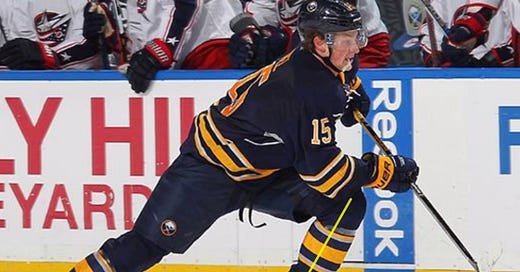Posture is one of the foundations of great movement and skating.
First, two foundational pieces: Kinetic chain and Flexion points. These are the foundations of movement that every athlete must work with.
Kinetic Chain
There is a kinetic chain that must be honored. Here is a picture of your body’s kinetic chain:
Where the head leads, the body follows through the kinetic chain.
Flexion Points
There are three major posture flexion points when we are looking at movement and an athlete’s ability to shift their weight.
Knee
Hips
Related: Understanding planes of motion to add more power to your shot.
Now that we understand the foundational elements, let’s dive into practical applications of our understandings.
Weight Distribution
When looking at creating agility and better movement, we must look into an athlete’s ability to move their mass/weight around. The best way to think of this is:
Stacked = Weight stack up and down
Shifted = Weight shifted in the planes of motion (e.g. left and right)
Practical Applications
Increased Ankle & Knee Flexion
Tie looser skates or skip a few eyelets at the top. This allows further knee bend and deep strides.
Stacking Weight
To better move body weight/mess around, athletes should feel that their upper body is stacked on top of their lower body.
A well-stacked player will have quality posture like this due to a neutral spine:
Coach Hack - Try turning your neck when hunched with a curved back vs with a straight (neutral spine) back
Shifted Weight
In the above picture of Auston Matthews, we can see that his weight has shifted onto one leg. When thinking about moving and weight shifting, always on one foot, never both. Otherwise, you will have to move in order to move!
These are the overarching piece that goes into great movement and skating.
Further Reading
Did you enjoy this newsletter?
Help us spread the ideas within and share them with the people you care about






